Although Oren Peli and Jason Blum’s Paranormal Activity franchise didn’t bring anything particularly new to the horror genre, there’s no denying how monumentally influential it has been over the last 15 years. While it does overexert the same tired tropes, Paranormal Activity found its universal success in the tried-and-true method of simple yet effective horror as opposed to erratic editing, over-the-top gore or needless jump scares. In fact, Paranormal Activity unintentionally launched a campaign to revive the found-footage horror sub-genre, which had lay dormant since The Blair Witch Project back in 1999. Found-footage horror, until 2007, didn’t take off as many filmmakers would have liked, but the release of Paranormal Activity enabled the sub-genre to return to the mainstream.
There has been some discourse over the years surrounding what exactly makes Paranormal Activity so indisputably impactful and captivating. Quite simply, Peli and Blum’s low-budget horror film pioneered the modern model of low-risk, high-reward productions that became synonymous with Jason Blum’s in-house filmmaking company, Blumhouse. Likewise, Blumhouse could be credited with inventing more subversive and alternative approaches to modern horror, which would further evolve as the industry transitioned through the 21st century.
In October 2007, Paranormal Activity premiered at Screamfest Horror Film Festival in North America and sold largely on immense word-of-mouth rather than elaborate marketing schemes. Although it attracted the attention of several competitive distributors, it was Paramount Pictures that took the reins to steer the franchise on the path it faithfully follows today.
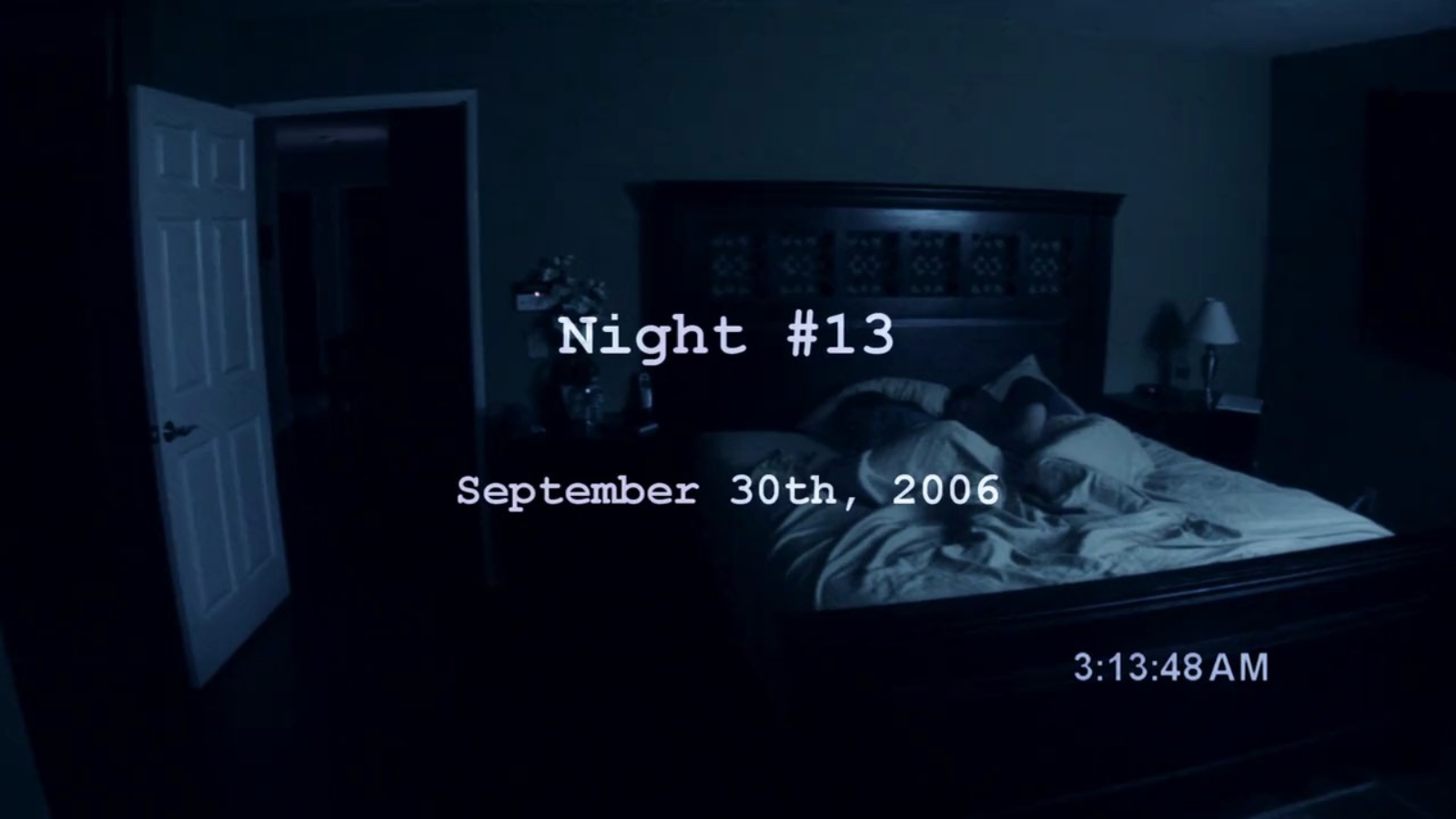
Paranormal Activity centers around a young couple, Katie and Micah (played by, coincidentally, Katie Featherston and Micah Sloat), who experience and document supernatural disturbances in their home in San Diego. Each night, the occurrences escalate in appearance and danger, leading the couple to fear for their lives and consult a psychic, who informs them that an otherworldly presence—originating from Katie’s childhood—may have latched itself onto Katie. While the sequels turned the Paranormal Activity franchise into some grand dimensional conspiracy, the original grounds the narrative in the conventional and ordinary circumstances and blurs the lines between realism and surrealism. Like The Blair Witch Project, Paranormal Activity plays on unconscious imagination and relies on the simplicity of anticipation, satisfying a viewer’s needs by generating sporadic, minuscule moments of shock value that appear to build towards an ultimate ending, but it falls flat on its face and introduces an even bigger mystery.
Arguably, Paranormal Activity‘s concept is less effective nowadays because so many other found-footage copycats have expanded on it and exhausted all possibilities. Since the found footage sub-genre has become so predictable, productions that commit to the less-is-more mantra generally reap the rewards more often. By 2007, we had grown accustomed to gore (Saw), jump scares (Black Christmas) and flashy imagery (Darkness Falls), and Paranormal Activity was a breath of fresh air in that regard; it had become rare to see a supernatural horror stripped back to the basics of shooting in one location, minimizing special effects and doing a lot with a little. Audiences are subconsciously on edge because the found footage sub-genre withholds the action long enough to feed off our inherent impatience. Despite being repetitive at times and dragging its feet to progress the narrative, the constant void of silence and grainy ambience creates a sinking feeling that the worst is yet to come. Paranormal Activity is reliant on the audience making themselves uncomfortable.
There are certain conditions that determine how conventionally “scary” Paranormal Activity can be; when it was marketed at the time as a “must-see theatrical experience,” that phrasing would have had more weight to it back in the early 2000s before the era of streaming and binge watching. Simply put, there was a higher demand to visit local theaters, so the gross income and societal influence, naturally, would have been much higher back then. Paranormal Activity premiered just over a month before the Spanish found footage film REC provided the ideal stylistic counterpart in that it was more frantic and elaborate. Many components that make Paranormal Activity so terrifying essentially surround the mundanity of everyday life being disrupted by a demonic entity manifesting itself in the odd behavioral patterns of Katie and the minimalistic disturbances—especially at night—in the house. Audiences become immersed in the ambiguity of several inexplicable reveals, such as a childhood photo that was supposedly destroyed in a house fire and the progressive shifting of the protagonist’s beliefs, especially as they are initially skeptical, as any of us would be.
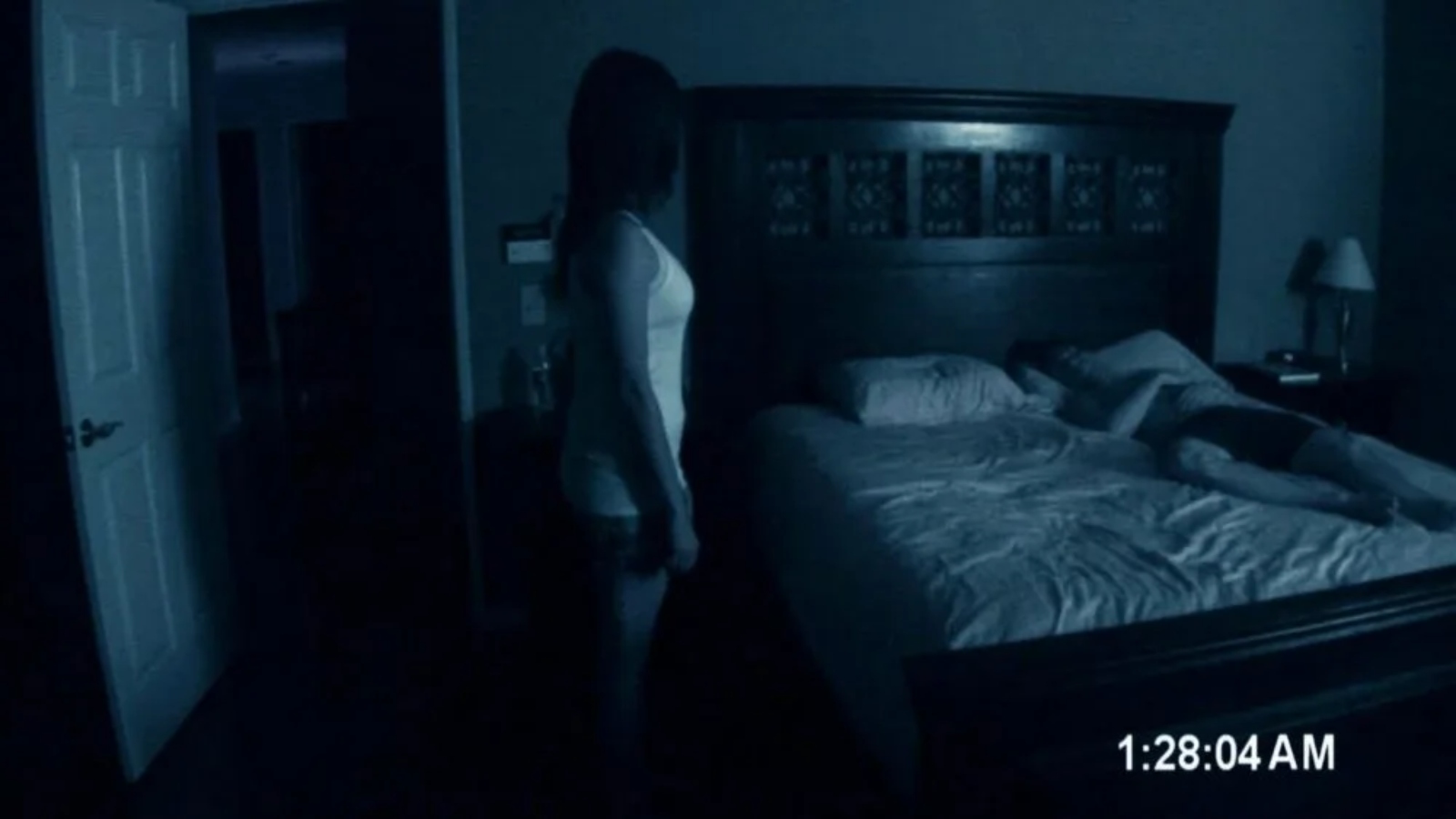
Likewise, the structure of Paranormal Activity mimics that of a traditional horror crescendo; the plot unfolds in a constant uphill motion, gradually becoming more intense with each passing night scene, during which the characters are at their most vulnerable. Throughout the film, viewers fully expect something to happen to Micah, who allowed his levity and disbelief to shroud his judgement and lower his guard. However, despite the reveal of a fully-possessed Katie throwing Micah towards the camera—wherein lies the frustration and uncertainty as the action abruptly ends. There isn’t much time to react to the subtle and contextually small moment, but the weight it holds as the credits roll is infinitely more efficacious in evoking true terror than the satisfying ending of watching Katie kill Micah onscreen. The cold, brutal and unfulfilling ending is made more unsettling by the ominous black screen that shares the discovery of Micah’s body and the unnerving knowledge that Katie’s whereabouts remain unknown, suggesting that the demon is still out there.
All in all, the story is deliberately unfinished; you exit the theater (or the streaming app in the modern age) not because the film is over, but because the camera has stopped rolling. The instantaneous end signifies the disorientation, curiosity and demand for answers replicating that of the The Blair Witch Project. Even though the franchise spawned two prequels, three sequels, a stand-alone sequel and another on the way, Paranormal Activity owes its recognition and triumph to the collective genius of Oren Peli and Jason Blum with the 2007 original that continues to unnerve viewers almost 15 years later.

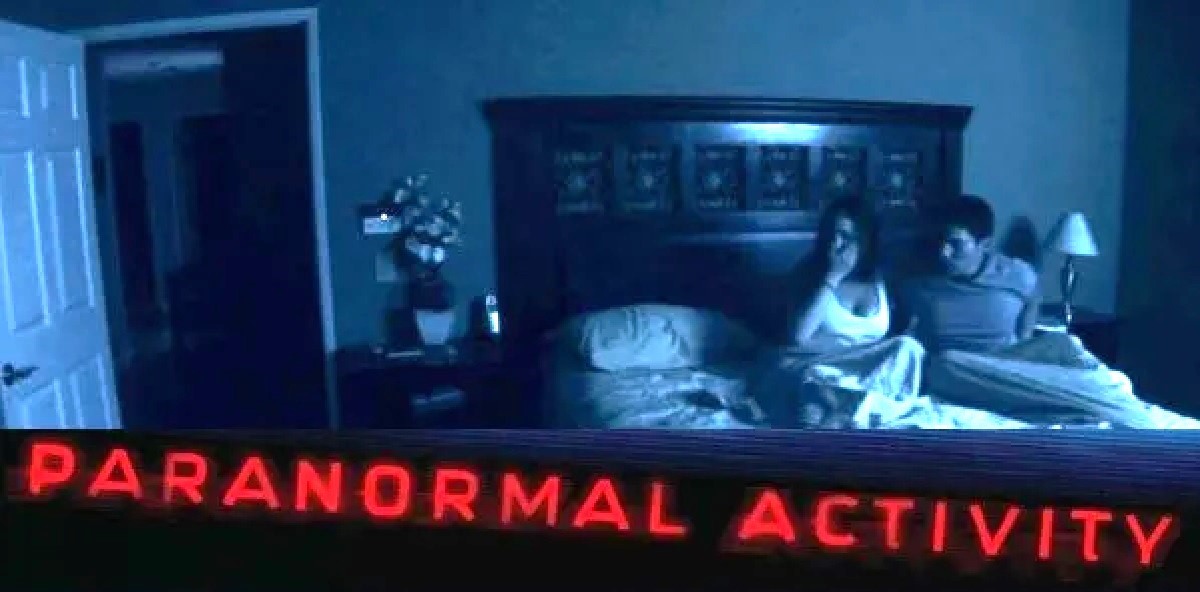
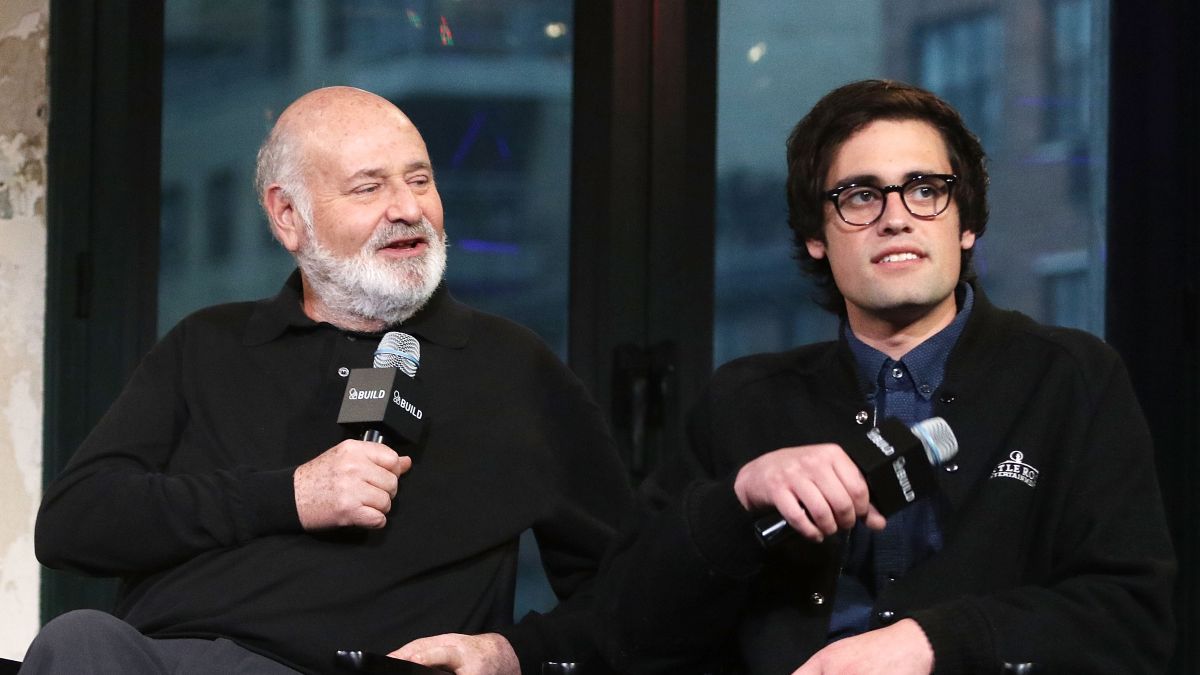
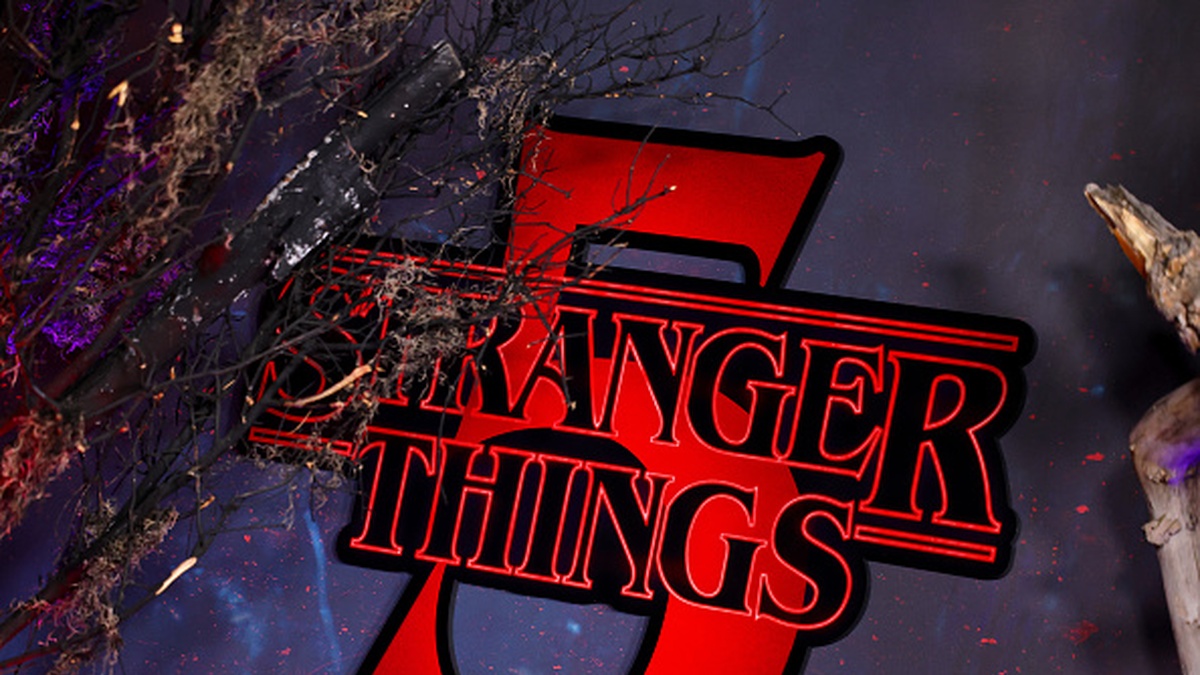

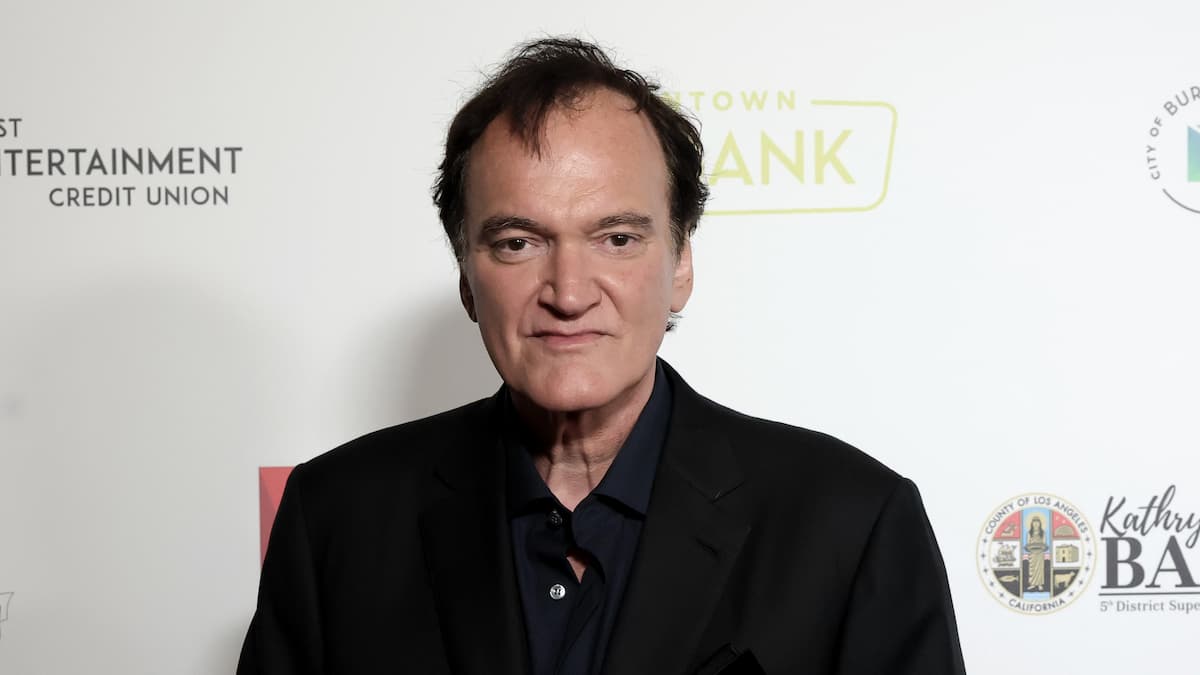
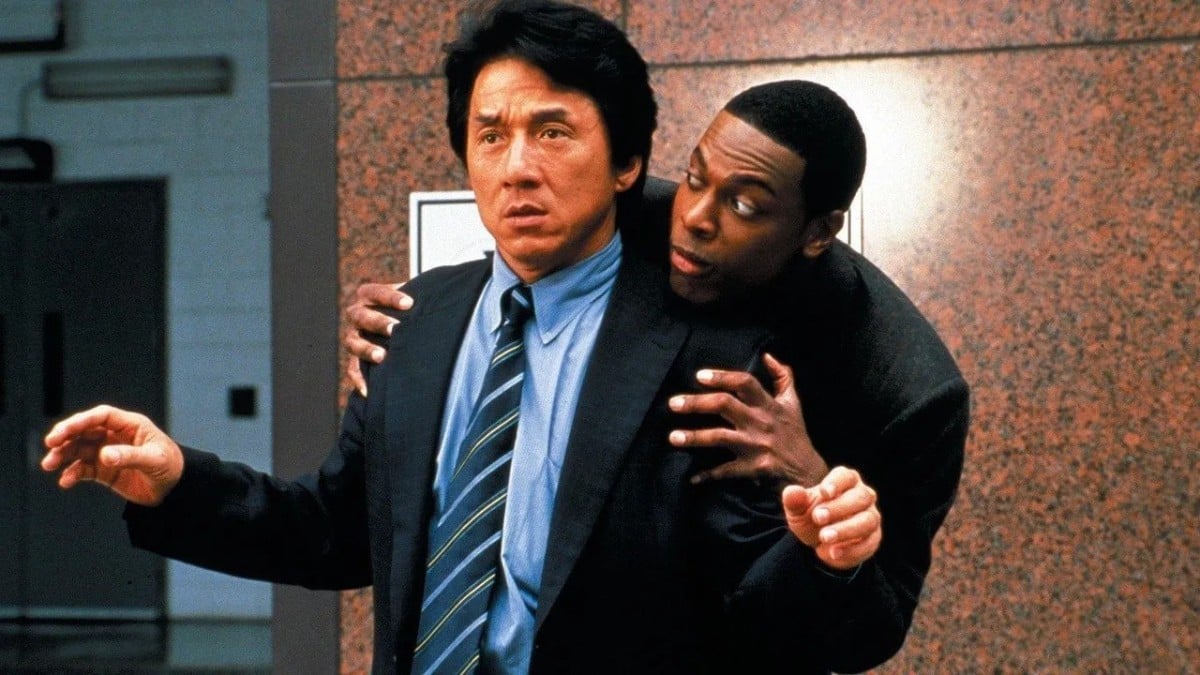
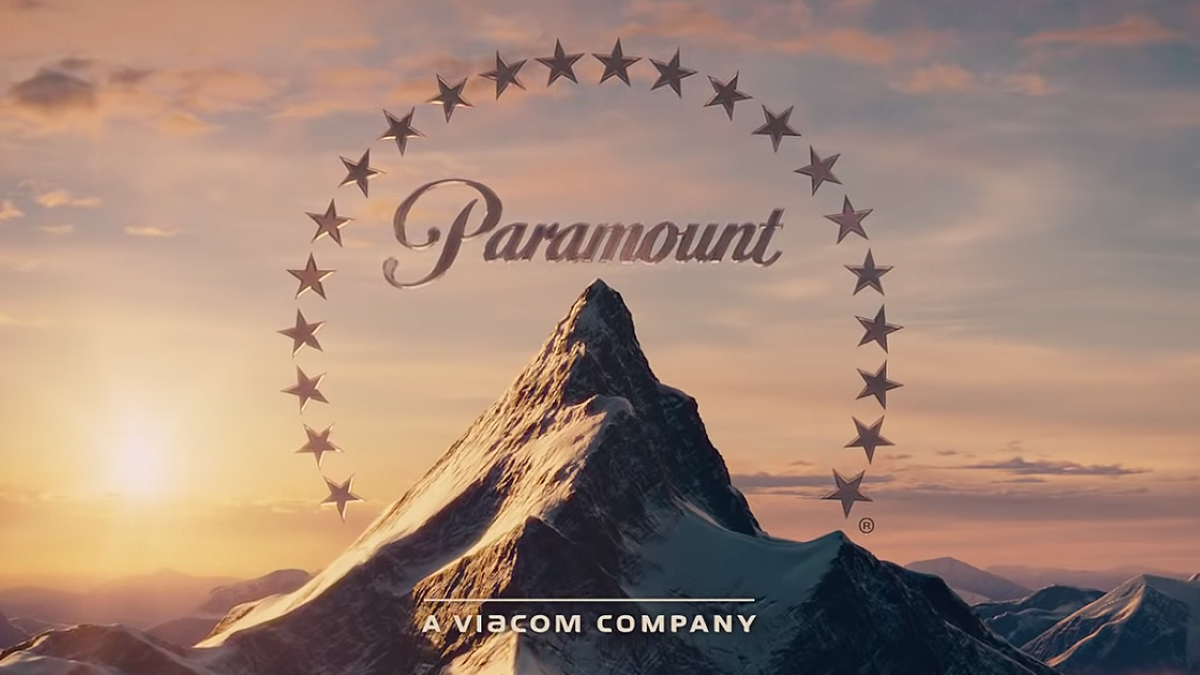
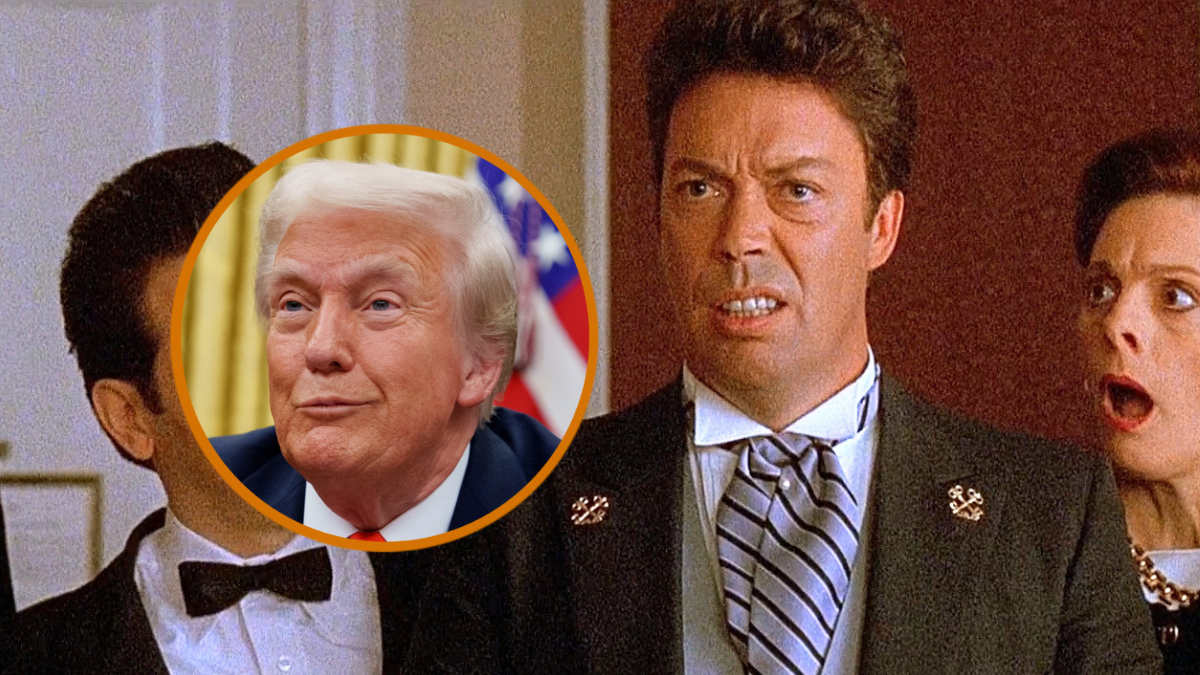
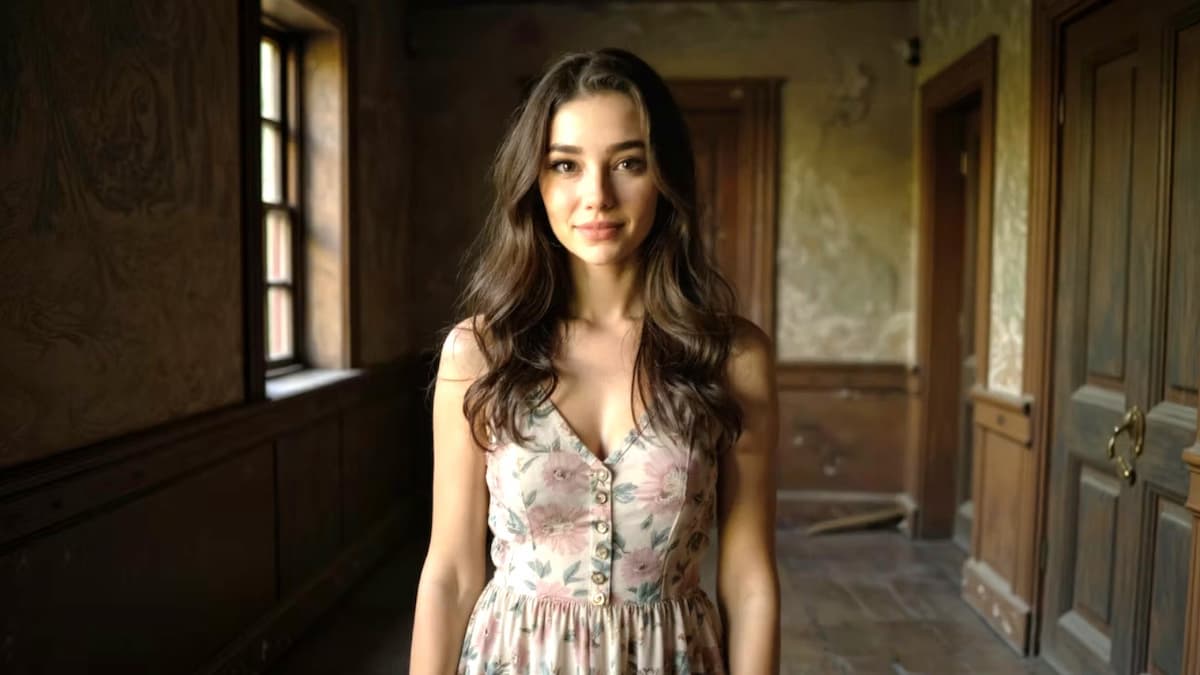

Published: Sep 22, 2022 08:11 am